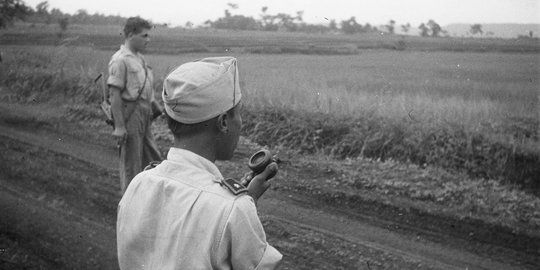
Among the Siliwangi Division, he was known as Major Achmad Sachdi. The commander of the Battalion Banteng Brigade III Kian Santang (in charge of the Plered and Cikalongkulon areas) was originally a good and charismatic republican soldier. But somehow, when he returned from a long march (a long journey from Central Java/Yogyakarta to West Java again) suddenly he crossed over to the Dutch military.
Sachdi's defection was captured by Dutch photographers. Even today, we can see it in the Gahetna (Dutch National Archives). In the six photographs, Sachdi (who wass wearing a TNI uniform) seems to be getting along well with the Dutch soldiers: smoking together and laughing happily. In another part, the small man is seen talking at the edge of the forest and holding a loudspeaker.
"A TNI major is inviting his men to get out of the forest…" reads a statement released by Gahetna.
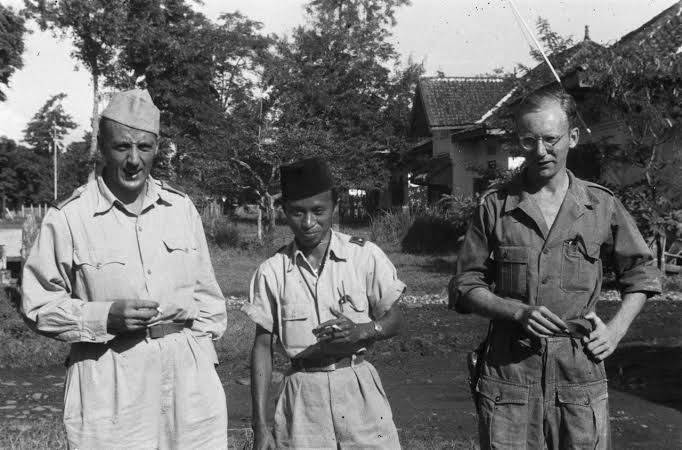
According to a history researcher from the Indonesian Education University (UPI) Hengky Firman, when the Dutch military carried out the 1st Aggression in July 1947, Plered was one of the areas that were attacked and succeeded by them. In order to continue the resistance, Sachdi and his troops fled to the forests around Plered. They built a resistance base in an area called Tinggigian.
Twenty days after the Dutch military attack on Plered, on August 14, 1947, Sachdi, who had been appointed a major, then held a meeting with the people's armies in the Tinggigian. They agreed that resistance to the Dutch military had to be carried out through joint action, not individually.
As the coordination center, the headquarters of the Sachdi Battalion was chosen at the Tinggigian. So from that place, the combined soldiers and soldiers often carried out guerrilla actions by supporting (blocking) patrols of passing Dutch soldiers.
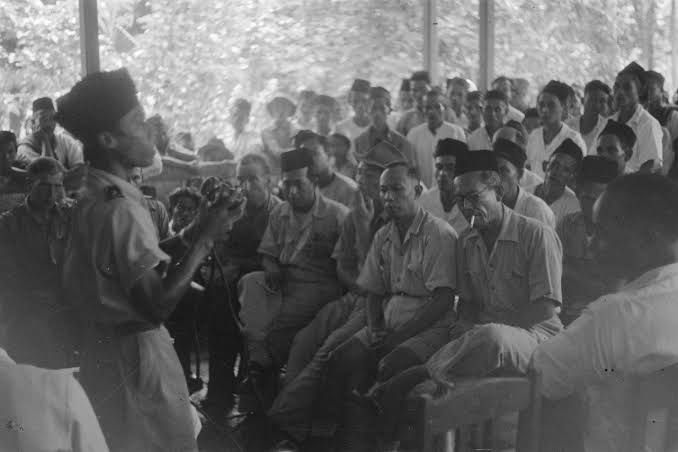
The Renville Agreement in 1947 forced the Siliwangi Division to move to Central Java and Yogyakarta. The Sachdi Battalion was one of the troops that had to leave its base in Tinggigian. Long story short, they were then stationed in the Muntilan area, Magelang and later actively involved in the operation to crush the FDR (People's Democracy Front) movement led by Moeso in September-November 1948.
Sunday, December 19, 1948, the Dutch military carried out the 2nd aggression suddenly. As ordered by the Commander in Chief of the TNI General Sudirman, the Siliwangi Division then carried out a long march back to West Java. Battalion V, led by Sachdi, departed from Muntilan on December 19, 1948, for the direction of Panggian. They moved through the Muntilan-Gunung Slamet-Kuningan-Sumedang-Taringgul (Purwakarta) route.
Unfortunately, on February 19, 1949 when they reached the Bantarujeg area, a large Dutch army ambushed the movement of Sachdi and his men. After going through a great battle, finally Sachdi's troops were destroyed. Most of the survivors surrendered, including Major Sachdi himself.
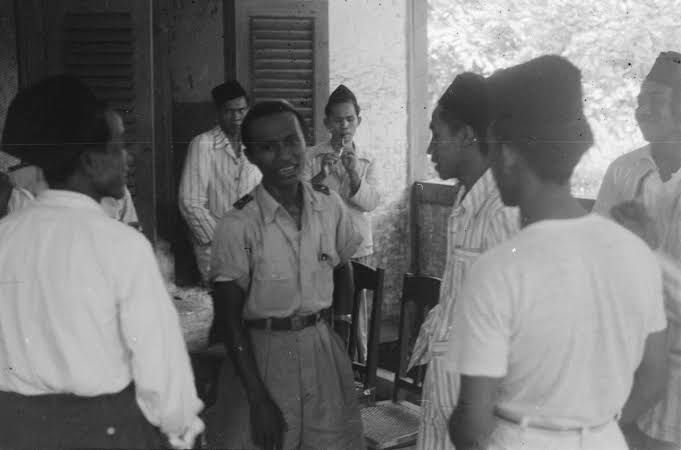
However, the story above was strongly denied by Gar Soepangat, a former officer from the Satoean Pemberontak 88 (SP 88). It was the name of a special unit designed to hold a resistance during the abandonment of West Java by the Siliwangi Division. According to Gar, after the long march, Sachdi felt hopeless to defeat the Dutch military, which he thought was strong in every way. Under the pretext that his men were tired of fighting, Major Sachdi then voluntarily surrendered to the Dutch military and executed a unilateral ceasefire agreement.
"Most of his men did not accept it and preferred to return to the forest to fight," said the man who was born in Purwakarta in 1928.
As a former high-ranking TNI officer, Sachdi was then used by the Dutch military to socialize the unilateral 'truce' to his men who still chose to stay in the forests. This effort was deliberately carried out by the Dutch military to carry out the "decay" of the TNI in West Java.
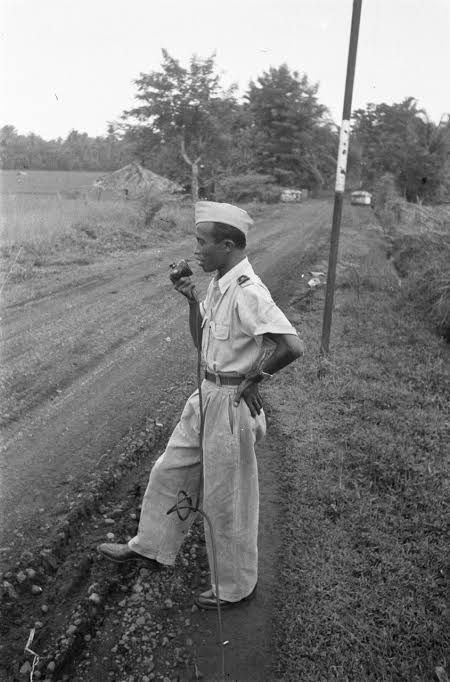
Gar still remembers how the major went around to remote areas carrying loudspeakers while calling for the Indonesian fighters to end their hostilities with the Dutch army.
"He wandered around like a druggist and lived a good life, while we survived in the woods. My friends and I will certainly never forget his betrayal..." said Gar.
When the war ended, Sachdi escaped the 'laws of revolution'. Instead of being shot dead, because of his skills as a politician, he managed to get back into the system. According to Gar, before he died in the 1970s, a political party in the New Order era had appointed him as a functionary of the party.
** Your post has been upvoted (11.48 %) **
Curation Trail is Open!
Join Trail Here
Delegate more BP for bigger Upvote + Daily BLURT 😉
Delegate BP Here
Upvote
https://blurtblock.herokuapp.com/blurt/upvote
Thank you 🙂 @tomoyan